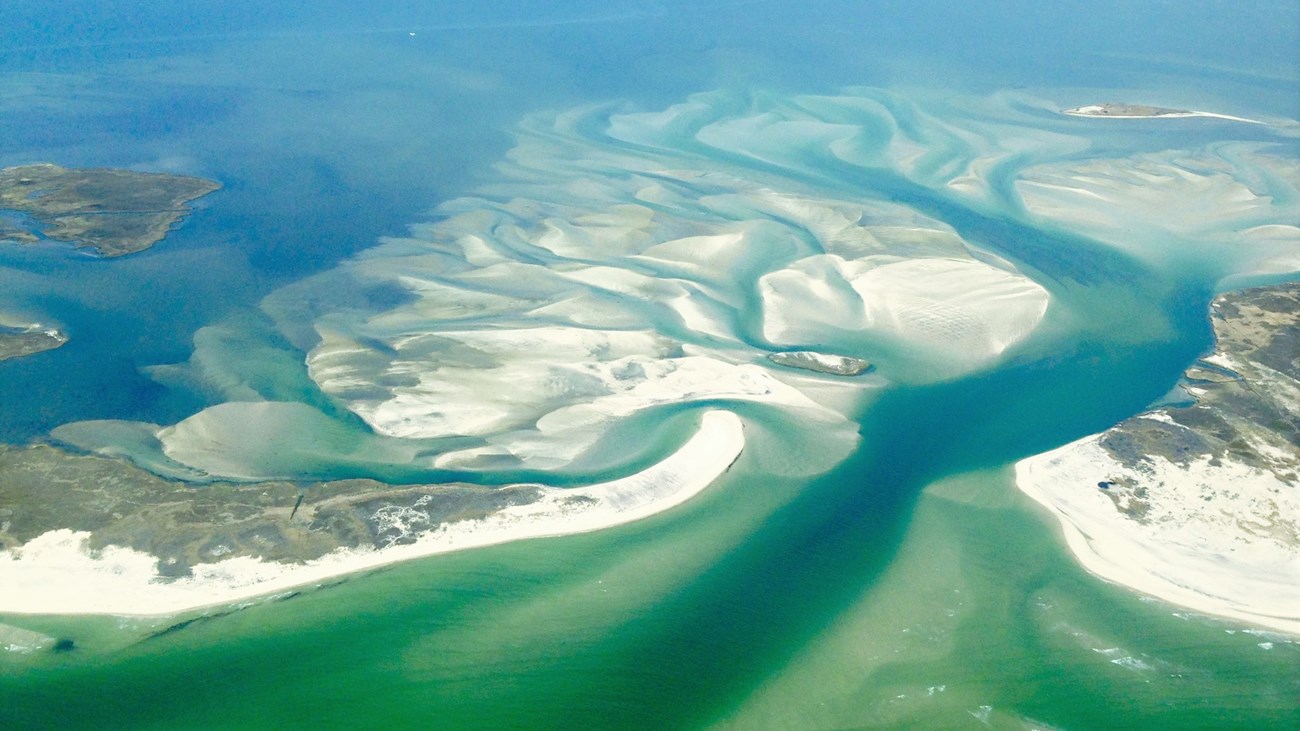
National park managers are tasked with fulfilling the National Park Service (NPS) mission: to preserve “unimpaired the natural and cultural resources and values of the National Park System for the enjoyment, education, and inspiration of this and future generations." As population growth, coastal development, and the ongoing climate crisis continue at rapid rates, however, park managers are faced with significant challenges.
Along the North Atlantic coast, substantial population growth and infrastructural developments threaten park resources, including those at the eight national parks within our Northeast Coastal and Barrier Network (NCBN). Issues common to NCBN parks include air and water pollution, watershed degradation, shoreline erosion, invasive species, and recreational overuse. The global climate crisis has further increased the vulnerability of our coastal parks. Sea levels are rising faster, alongside hotter air and ocean temperatures, ocean acidification, and more frequent and severe storm events. All of these climate impacts take a toll on national parks and impact the relationship visitors have with our parks.
Below are resources related to climate impact on national parks. Explore them to learn how NPS is preparing to protect parks in increasingly vulnerable times at a national scale. NCBN also monitors weather and climate at each of our parks. Our findings are available below.
Related Resources
-
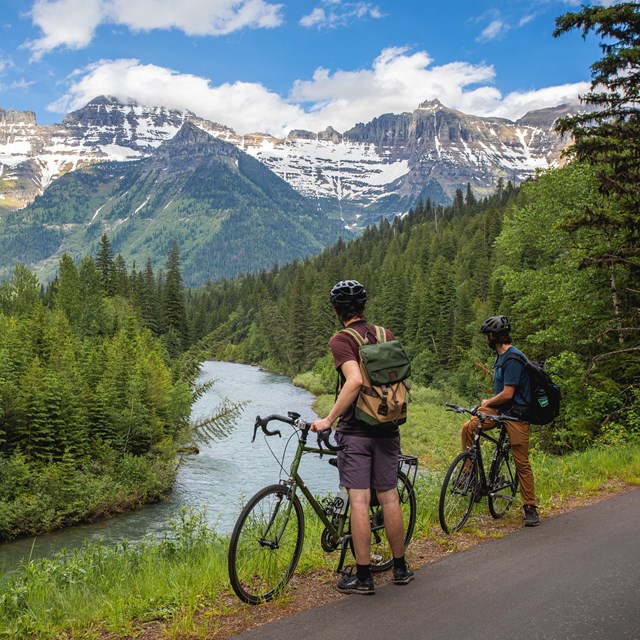 National ScaleNPS Climate Change
National ScaleNPS Climate ChangeSee how NPS is assessing climate change impacts and planning for the future.
-
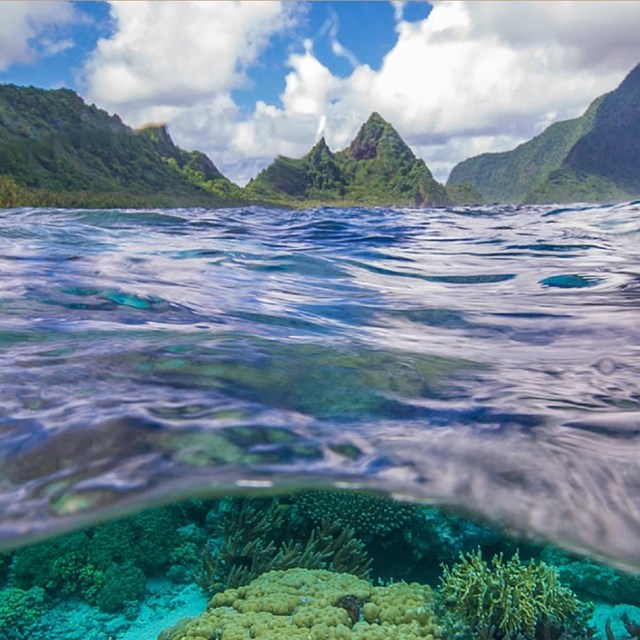 National ScaleOcean and Coastal Resources Branch
National ScaleOcean and Coastal Resources BranchOcean and coastal parks attract over 90 million visits every year. See how NCBN parks fit into the National Park System.
-
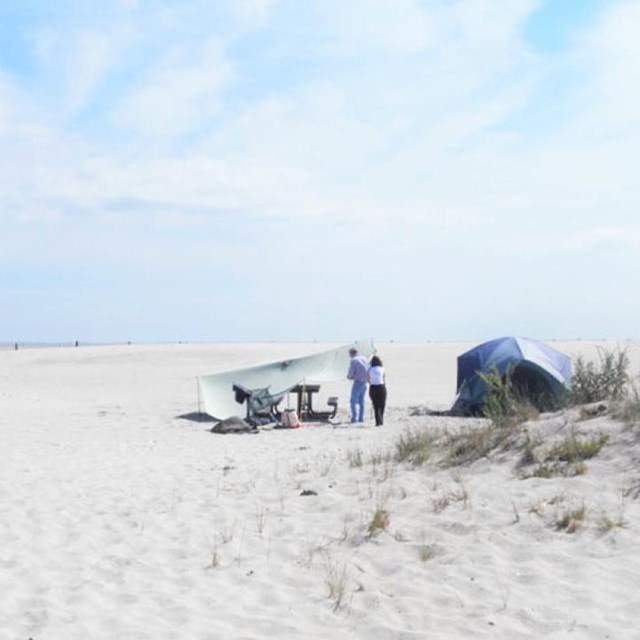 What We MonitorWeather & Climate
What We MonitorWeather & ClimateUnderstanding patterns and trends in weather and climate means being prepared to better manage park natural resources.
-
 What We MonitorAir Quality
What We MonitorAir QualityClean air, the thing we can't see yet need. Monitoring it is essential to the health of our visitors and communities.
-
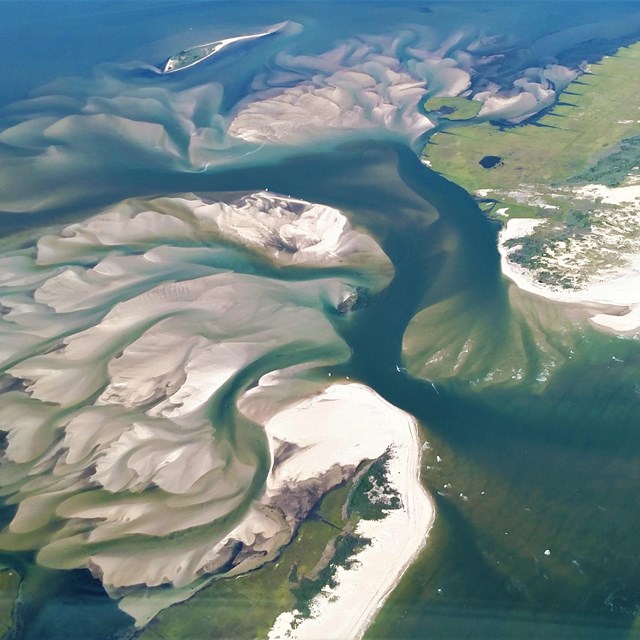 Science StoriesIn the Field: Hurricane Sandy
Science StoriesIn the Field: Hurricane SandyLearn about our research into the impacts of Hurricane Sandy
Last updated: March 25, 2022
